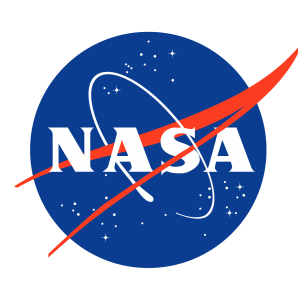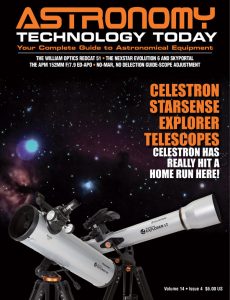A new opportunity for amateur astronomers to conduct citizen science is being proposed by a group of scientists lead by Robert Zellem, a scientist at the NASA Jet Propulsion Laboratory who has been working on ground- and space-based observations of the atmospheres of exoplanets, planets outside of our Solar System.
There is no more fertile area for the emerging field of Citizen Scientists than amateur astronomy. For many years groups like the American Association of Variable Star Observers (AAVSO) have supported the professional astronomy community as the group notes, “Professional astronomers have neither the time nor the telescopes needed to gather data on the brightness changes of thousands of variables, and amateurs make a real and useful contribution to science by observing variable stars and submitting their observations to the AAVSO International Database.”
 The “Community Exoplanet Transit Timing Survey” is based on work performed as part of NASA’s Universe of Learning (NASA’s UoL) project which creates and delivers science-driven, audience-driven resources and experiences designed to engage and immerse learners of all ages and backgrounds in exploring the universe for themselves.
The “Community Exoplanet Transit Timing Survey” is based on work performed as part of NASA’s Universe of Learning (NASA’s UoL) project which creates and delivers science-driven, audience-driven resources and experiences designed to engage and immerse learners of all ages and backgrounds in exploring the universe for themselves.
In the Bulletin of the American Astronomical Society, Vol. 52, No. 1, Zellem outlined the proposal which offered the following overview:
Due to the efforts by numerous ground-based surveys and NASA’s Kepler and TESS, there will be hundreds, if not thousands, of transiting exoplanets ideal for atmospheric characterization via spectroscopy with large platforms such as JWST and ARIEL. However their next predicted mid-transit time could become so increasingly uncertain over time that significant overhead would be required to ensure the detection of the entire transit. As a result, follow-up observations to characterize these exoplanetary atmospheres would require less-efficient use of an observatory’s time—which is an issue for large platforms where minimizing observing overheads is a necessity. Here we demonstrate the power of citizen scientists operating smaller observatories (≤1-m) to keep ephemerides “fresh”, defined here as when the 1σ uncertainty in the mid-transit time is less than half the transit duration.
We advocate for the creation of a community-wide effort to perform ephemeris maintenance on transiting exoplanets by citizen scientists. Such observations can be conducted with even a 6-inch telescope, which has the potential to save up to ∼8000 days for a 1000-planet survey. Based on a preliminary analysis of 14 transits from a single 6-inch MicroObservatory telescope, we empirically estimate the ability of small telescopes to benefit the community. Observations with a small-telescope network operated by citizen scientists are capable of resolving stellar blends to within 5”/pixel, can follow-up long period transits in short-baseline TESS fields, monitor epoch-to-epoch stellar variability at a precision 0.67% ± 0.12% for a 11.3 V-mag star, and search for new planets or constrain the masses of known planets with transit timing variations greater than two minutes.
You can read the full proposal here.
Another overview of the proposed program is available here.
 And to make it easier for you to get the most extensive news, articles and reviews that are only available in the magazine pages of Astronomy Technology Today, we are offering a 1 year magazine subscription for only $6! Or, for an even better deal, we are offering 2 years for only $9. Click here to get these deals which only will be available for a very limited time. You can also check out a free sample issue here.
And to make it easier for you to get the most extensive news, articles and reviews that are only available in the magazine pages of Astronomy Technology Today, we are offering a 1 year magazine subscription for only $6! Or, for an even better deal, we are offering 2 years for only $9. Click here to get these deals which only will be available for a very limited time. You can also check out a free sample issue here.

